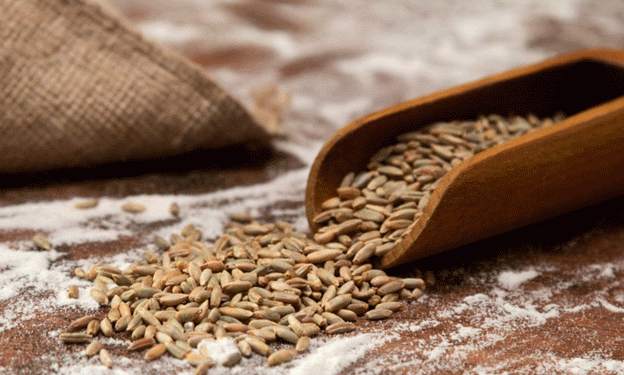Egypt’s Wheat Imports Hold Steady at 13 Million Tons for 2025/26 Season: Russia Leads the Way
Egypt, the world’s largest wheat importer, is projected to maintain its high import level of 13 million metric tons in the upcoming 2025/26 season, according to the USDA’s latest global grain trade forecast. This follows a similarly high import volume in the 2024/25 season and reflects ongoing demand driven by strong wheat flour export growth, particularly to the Middle East and Africa.
Egypt’s increasing capacity for wheat flour production—supported by public and private sector investment—is positioning the country as a regional flour hub, and this is directly influencing grain import strategies.
Why Egypt Needs So Much Wheat
Egypt’s domestic wheat production, while substantial, falls short of meeting internal demand. The USDA estimates Egypt’s total wheat consumption at over 20 million tons annually, while domestic production typically ranges between 8 to 9 million tons, creating a significant import gap. This gap is filled largely through state-run tenders by the General Authority for Supply Commodities (GASC), which sources competitively priced wheat on the international market.
In 2024, the Egyptian government improved foreign currency availability, making it easier for both public and private buyers to import grain. Analysts from Rabobank and International Grains Council (IGC) suggest that Egypt’s demand will remain stable in 2025/26, especially as wheat flour exports continue to grow.
Russia Dominates Egypt’s Wheat Imports
For the fifth consecutive year, Russia remains the dominant supplier of milling wheat to Egypt. According to Russia’s Agroexport Federal Center, the country has shipped 34.6 million tons of wheat to Egypt over the past five years. From July 2024 to February 2025, Russian wheat exports to Egypt alone reached approximately 7 million tons—more than half of Egypt’s annual import needs.
This leadership is underpinned by competitive prices, short shipping routes, and long-standing commercial ties between Russian exporters and Egyptian grain authorities. In fact, Russia is also the top supplier of wheat to Algeria, with 1.7 million tons delivered in the first eight months of the 2024/25 season out of Algeria’s total imports of 9.2 million tons.
The USDA expects these export volumes to remain consistent in the 2025/26 season, reinforcing Russia’s strategic position in the North African grain market.
Egypt’s sustained wheat import level of 13 million tons highlights the central role of grain trade in ensuring national food security. As flour exports rise and foreign currency access improves, Egypt continues to rely heavily on strategic partners like Russia for a stable wheat supply. For farmers, exporters, and policymakers, this trend underscores the importance of maintaining reliable trade corridors, competitive pricing, and grain quality standards to meet the growing global demand for staple crops.
Error





